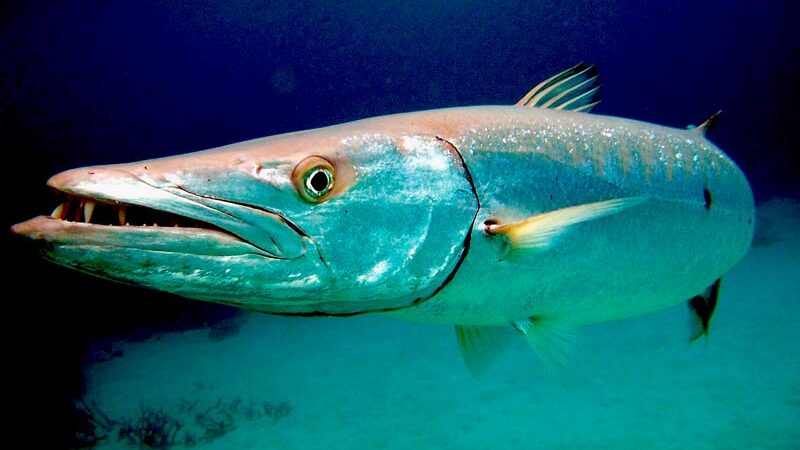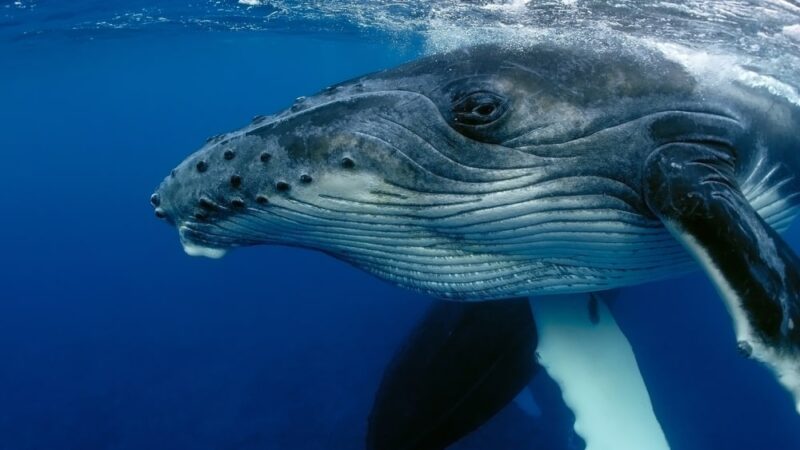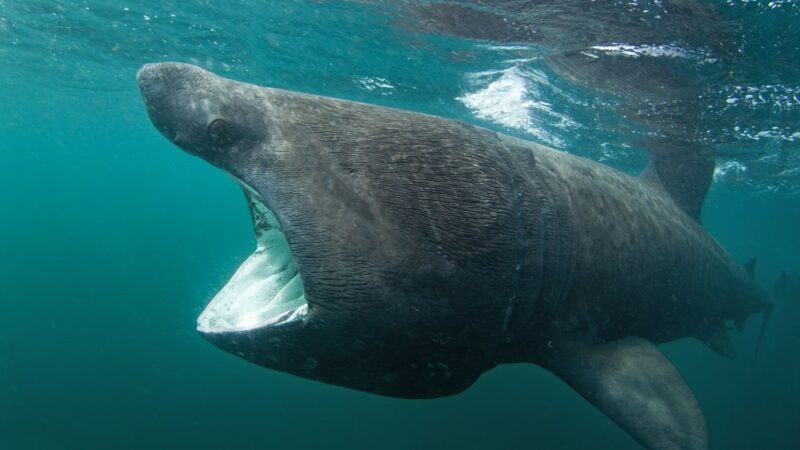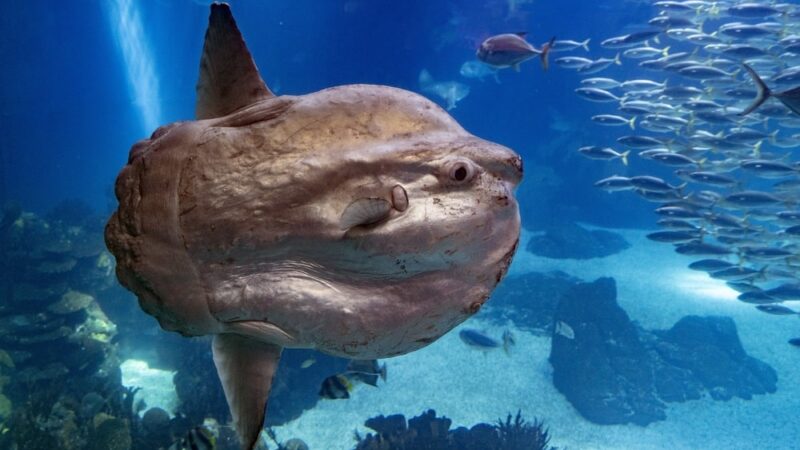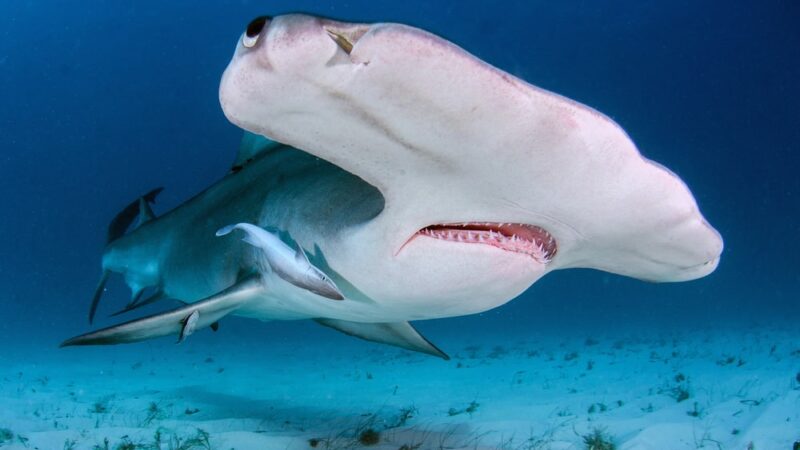Manta Ray
Shelter for Animal | Large Manta Ray | Manta rays (Manta birostris) are a genus of Ray and they are found mostly in warm and temperate waters in the world. There are two different species of mantas. The reef manta & the giant oceanic manta ray and both are vulnerable.
Manta ray facts
The giant manta rays can be easily distinguished from reef mantas for their caudal thorn or spine. This is believed to be a vestigial organ, the evolutionary remains of what was once a stinger their habitats are also quite different. Reef mantas prefer to stick closer to the coast while giant mantas are more pelagic and prefer the open ocean, their depth range is massive and they can be found anywhere between 10 and a thousand meters deep.
This is pretty impressive as they’re able to handle a pressure change of over a hundred times at their deepest depth. Both species are covered in dermal denticles which are v-shaped scales that protect them and reduce drag when swimming. In giant mantas, these tentacles are cusped making them rough to the touch, unlike Reef mantas which are smooth.
Giant manta rays
The giant manta rays are true to their name their wingspan averages seven meters the largest manta ray wingspan ever recorded was 9.1 meters that’s almost twice as long as a large Nile crocodile. These massive animals are large enough to afford very few natural predators and the only ones that they have to worry about are some sharks, orcas, and of course humans.
Manta ray habitat
Mantas are famous for their alien-looking diamond-shaped bodies their eyes are located on the sides of their heads giving them strong lateral vision their gills are located on their underbellies. They have two horn-shaped cephalic fins which they use to guide water and prey into their large mouths because of these fins, they are the only known vertebrates to have three paired appendages.
Unlike most other raised mantas are filter feeders because of this their mouths are not located on the bottom of their heads and instead are right up front also unlike other species of Ray mantas are unable to sit on the seafloor and they need to be continually moving in order to pass water over their gills to be able to breathe. Manta rays can form massive groups of up to 1,500 members.
Manta rays reproduction
These huge packs are migratory and follow zooplankton their movement can also be affected by tidal patterns seasonal upwelling and mating to feeding. They open up their massive mouths and funnel shrimp copepods decapod larvae and other zooplankton into their stomachs. Often the packs will feed together creating a large feeding train in areas rich with prey being filter feeders.
Mantas end up with a lot of ocean in their mouths so why don’t they clear their throats. Well, these filter feeders have pretty ingenious mouths and have figured out how to solve the problem of their filters clogging as well as how to capture things that are smaller than their filter holes. Essentially their filtration system allows for particles to flow over it rather than through it.
This causes the zooplankton to bounce off the filter while the water drains away keeping it from getting clogged and requiring cleaning while manta rays astonish in many categories.
One of their most breathtaking behaviors is their acrobatics like many species of Ray mantas leaf out of the water this fantastically delightful display remains a mystery it’s possible they launch themselves out of the water as part of a mating ritual or to communicate with other arrays or possibly to get rid of parasites. Whatever it is keep on flying my dudes.
Manta ray endangered
Both species of manta ray are threatened recently they’ve been caught in increasing numbers to satisfy the need for gill rakers in the traditional Chinese medicine market it manta ray a kilogram of gill rakers can sell for $500. They market these gill rakers as a way to rid your body of toxins but this isn’t supported by science and possibly even more frustratingly it isn’t even supported by traditional Chinese medical texts.
The demands for gill rakers in China has been manufactured to make up for the lessened demand for shark fin due to their low reproductive output.
The population of manta rays
Manta ray populations are down by 80% in some areas, fortunately, some countries have found a solution Indonesia has banned the fishing of manta rays as they discovered that a living Manta is worth up to two thousand times more than a dead one a dead man terrain may sell for five hundred dollars but a living Manta can produce up to a million dollars throughout its lifespan and tourism.
Both species of manta rays are found in Indonesia and this massive conservation area will hopefully begin to see a boom in their numbers, unfortunately, we don’t always let our conscience where decision-making and oftentimes it’s our wallet that wins out this decision was crucial and it yet again shows that coexisting with nature is not only possible.
Reference: Britannica, Wikipedia




